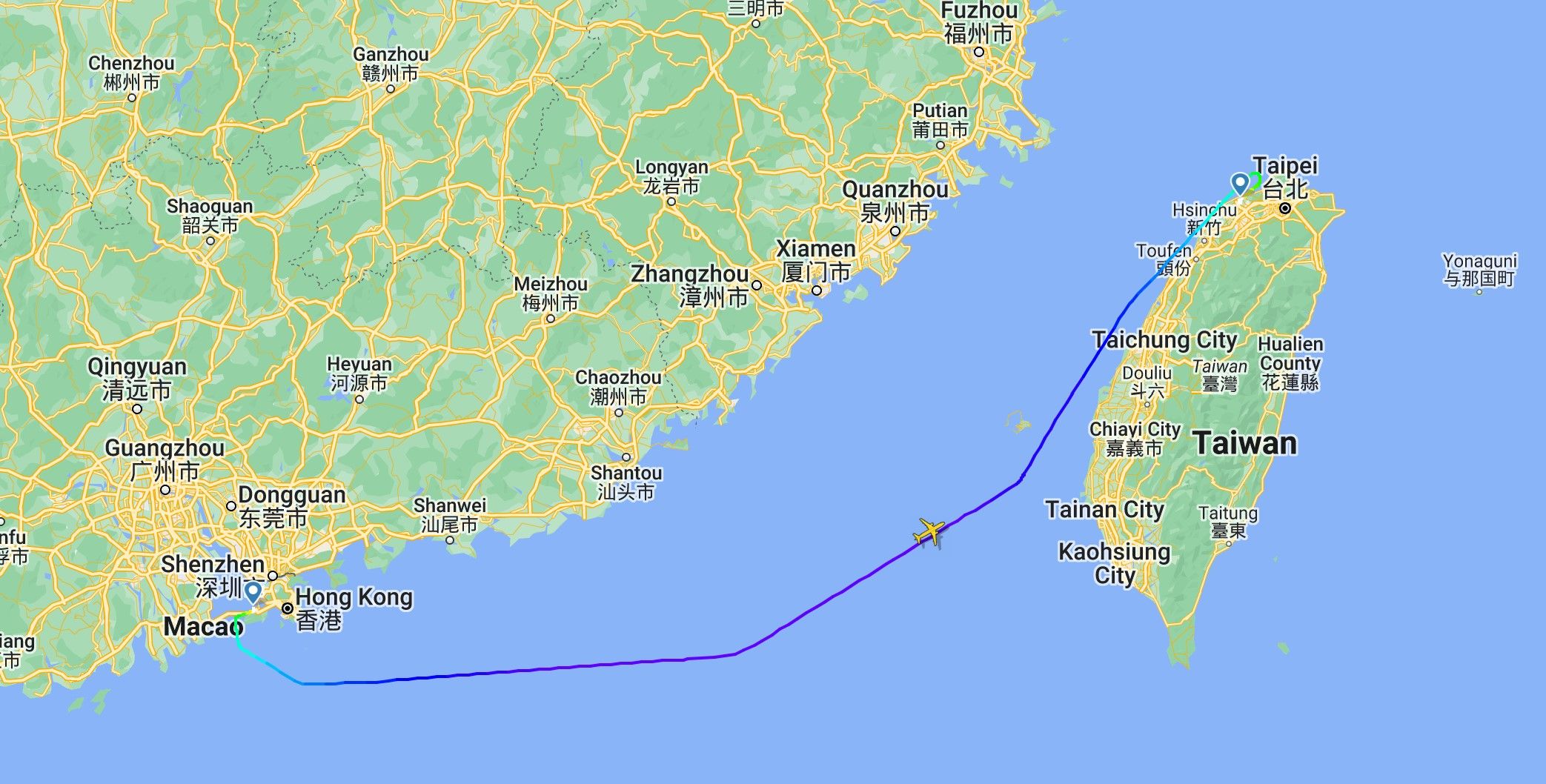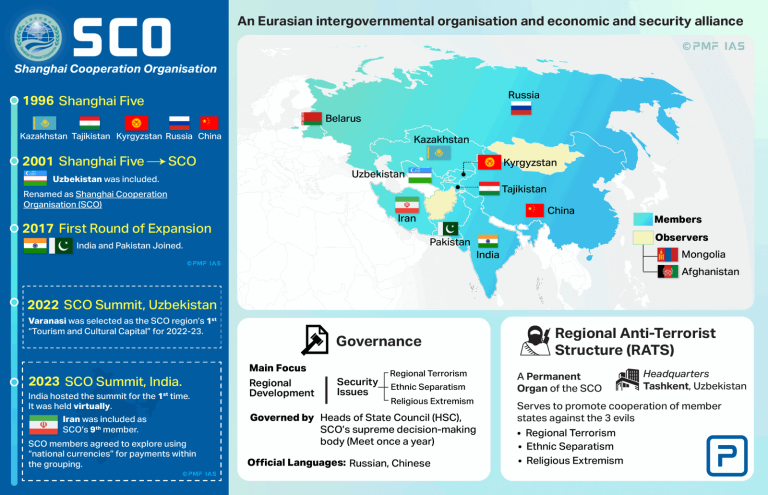Typhoon Podul Wreaks Havoc on Hong Kong-Taiwan Air Travel
When nature unleashes its power, air travel can quickly become a complex puzzle of cancellations and delays. On August 13, 2025, Typhoon Podul demonstrated this reality, creating significant disruptions for travelers between Hong Kong and Taiwan.
The Hong Kong Observatory issued a Standby Signal No. 1 as the storm swept through southern Taiwan, positioning itself approximately 400 kilometers from Hong Kong. This seemingly distant storm triggered a domino effect across multiple airlines, transforming what should have been routine flights into a logistical challenge.
Cathay Pacific felt the storm’s impact most acutely, canceling five critical flights connecting Hong Kong with Kaohsiung and Taipei. Specific routes like CX424, CX423, and CX5135 were completely grounded. The airline didn’t just stop at cancellations; numerous flights were strategically delayed until August 14, including routes CX5132, CX458, CX448, CX459, CX5133, and CX449.

Other airlines quickly followed suit. Hong Kong Airlines canceled three Kaohsiung routes (HX1846, HX1850, HX1849), while HK Express opted to delay three of its Kaohsiung routes (UO132D, UO131D, UO133D) to the following day. The disruption wasn’t limited to these carriers.
China Airlines experienced extensive interruptions, canceling nine flights connecting Hong Kong with Kaohsiung and Taipei. Routes CI915, CI916, CI919, CI920, CI923, CI924, CI935, and CI936 were completely suspended, with flight CI934D delayed until August 14.

EVA Air and Mandarin Airlines also reported significant schedule modifications. EVA Air’s flights BR849, BR846, and BR850 were affected, while Mandarin Airlines saw disruptions to routes AE5215, AE5214, and AE5216.
Greater Bay Airlines encountered its own set of challenges. Their Taipei flights experienced notable schedule adjustments. Flight HB704 from Hong Kong to Taipei was delayed to 8:30 PM, with an expected arrival at 10:20 PM. The return flight, HB705, was pushed to 11:05 PM, arriving at 1:05 AM on August 14. Additionally, they canceled flights HB546 (Hong Kong to Quanzhou) and its return flight HB547.

For travelers caught in this meteorological mayhem, airlines offered practical solutions. Passengers were strongly advised to check real-time flight updates before heading to the airport. Rebooking options and refunds became standard offerings to help mitigate the inconvenience caused by Typhoon Podul.
The situation underscores the unpredictable nature of travel, particularly when severe weather enters the equation. While Typhoon Podul might have been positioned 400 kilometers from Hong Kong, its impact reverberated through intricate flight networks, affecting multiple airlines and hundreds of passengers.

Travelers between Hong Kong and Taiwan were reminded of the importance of flexibility and staying informed. As the typhoon continued its path, real-time communication became crucial for anyone navigating these turbulent travel conditions.
For those planning future trips during typhoon season, this event serves as a potent reminder: always monitor weather conditions, maintain communication with your airline, and be prepared for potential last-minute changes. Nature, after all, follows its own schedule.












